Why we started and still exist
- Protect valuable historic resource
- Restore, beautify & steward the garden
- Garden advocacy to the community
- Steward Master Plan for cohesive and congruent improvements
- Design and Implement Education & cultural programming
- Raise funds to support all of the above
Milestones (1937 – 2015)
1886-1936
- Renowned naturalist, entomologist and plantsman Theodore Luqueer Mead and wife, Edith, settle in Oviedo near Lake Charm in 1886.
- Mead focuses his life’s work around the research and hybridization of orchids, amaryllis, caladiums, and many other plants. His experiments germinating orchid seed in flasks using sterilized agar opens a new era in the American orchid business.
- Mead begins relationship with Rollins College around 1896 as a Special Lecturer in Botany.
- May 4, 1936, Theodore L. Mead, age 84, passes away.
1936-1940
- John (Jack) H. Connery, Mead’s young Eagle Scout protégé, inherits Mead’s collection vast collection of orchids, amaryllis, caladiums, ferns, bromeliads, palms and other rare plants.
- Connery, a student at Rollins and working as curator of Rollins Museum of Natural History, seeks a place for Mead’s vast horticulture collections, especially Mead’s challenging but much beloved orchids.
- Rollins’ Vice President Dr. Edwin Osgood Grover, friend and follower of Mead’s work, joins Connery in search for a site near college with features suitable to establish Mead Botanical Garden. Site they find includes a brook, hidden lake, and rookery.
- Property owners respond with Grover and Connery’s appeal for land donations, assembling 47-acres:
- Senator Walter Rose, the developer of Beverly Shores subdivision, gives 20 acres.
- James A Treat, former Winter Park Mayor, donates six acres that includes an egret rookery and hidden lake. Grover names it Lake Lillian for one of Treat’s granddaughters.
- Park Avenue clothing merchant R. F. Leedy and wife, Ruth, donate a tract bordering Pennsylvania Ave.
- Mary Bartell donates 20 acres of high ground (today’s entrance area).
- Orange County gives an unused clay pit within the garden.
- The non-profit, Theodore L. Mead Botanical Garden, Inc., is formed in 1937 to operate the garden. Grover secures Works Progress Administration (WPA) grants totaling more than $62,000 for site work to establish the garden. Groundbreaking ceremony is held on January 9, 1938; Rollins’ President Hamilton Holt declare hope the garden will become a “source of study” and represent Winter Park as a “place of culture and art.”
- Workers create beautiful ornamental gardens and nature paths; erect surrounding palm fencing, two gatehouses, greenhouses, and a superintendent’s structure.
- The garden officially opens on January 14, 1940, hundreds attend opening ceremony with Dr. Grover presiding.
- Admission to the garden was 25 cents per person (today, equivalent to $4.31). Serving as officers of the nonprofit organization: Edwin O. Grover, President; Hamilton Holt, Honorary President; Charles O. Andrews, Jr., Vice President; Henry C. Perley, Treasurer; and John Connery, Director and Executive Secretary.
- Garden serves as an outdoor classroom laboratory for Rollins’ Botany and Biology classes, and students of local schools and other colleges.
1940-1953
- Garden is a favorite spot, attracting visitors from across the country. Garden postcards are sent far and wide.
- Flower shows, concerts and community events such as Fashions in the Garden as are held in the garden.
- On March 31, 1953, the nonprofit organization, headed by Grover, dissolves and the City of Winter Park accepts the deeds to maintain it as a botanical garden and assumes responsibility for its management.
1956 – 1961
- Winter Park Garden Club members begin meeting in the garden’s lodge in 1956.
- In 1959, outdoor amphitheater is built in the garden for weddings, fashion shows and other special events
- City of Winter Park approves 100-year lease of three acres for Florida Federation of Garden Clubs headquarters. New building is dedicated in 1961.
1963 – 1972
- Grover celebrates his 93rd birthday and expresses his wish for “a renewed interest in Mead Garden.”
- Edwin Osgood Grover, born in 1870, passes away on November 8, 1965.
- In 1968, City grants to the Winter Park Garden Club a 50-year grounds lease for a new center that opens in 1973.
- Charlie Sheppard leads group of young Comprehensive Employment and Training (CETA) workers to build greenhouse near the front entrance of the garden in 1972.
1977 – 1991
- Junior League of Orlando partners with Orange County Public Schools to institute an environmental awareness program for 6th graders (later 5th graders); two teachers permanently assigned to the garden to lead the program.
- John H. “Jack” Connery, born October 23, 1908, passes away on February 18, 1982.
- Mayor David Johnston, in 1988, appoints task force to help restore the deteriorated garden; the Orlando Chapter of the American Society of Architect assists the group with a master plan.
- In 1991, led by Karl Lotspeich, the Mead Garden Preservation Assn. forms to continue work of the task force.
- Group sponsors fundraisers such as Pig-in-the-Park barbecue competitions and Florida Symphony Orchestra performance.
- Garden enhancements completed include two boardwalks, bike and walking paths, parking, re-bricking of entrance drive, fencing, picnic tables and shelter, and new restrooms.
2003
- Winter Park Garden Club President Beverly Lassiter meets with Commissioner Barbara DeVane, Parks & Recreation Director John Holland to discuss ongoing deterioration of the garden. DeVane suggests assembling an advocacy task force dedicated to restoring the garden. Task force of 35 concerned community citizens begins monthly meetings.
- Task force hosts first spud (air potato) hunt and invites community to pull invasive vines to bring awareness of the garden’s deterioration.
- Task force votes to form non-profit organization called Friends of Mead Garden, Inc. Board. Elects Beverly Lassiter, Founding President; Jeffrey Blydenburgh, Linda Keen and Carol Hille, Vice Presidents; Bob Meherg, Treasurer; and Jan Reker, Secretary. The organization’s purpose: To revitalize the Garden in partnership with the City of Winter Park and the community.
- Mead Garden Preservation Assn. dissolves and Karl Lotspeich presents balance of treasury to Friends of Mead Garden, Inc. Friends of Mead Garden, Inc., (FMG) receives 501(c)(3) status as a nonprofit organization.
- Garden Club volunteers and others begin hands-on work to restore the garden, including the old butterfly garden. Board initiates advocacy programs to bring awareness and community support of the garden.
2004-2005
- Mead’s summer nature camp program for children is initiated, led by Board Trustee Linda Keen.
- Community Foundation of Central Florida awards grant.
- EMD Consulting Group assists the Board in developing a strategic plan to revitalize the garden; serves as a roadmap to guide the master plan.
- Hurricane aftermath decimates garden; topples many trees and seriously damages sections of the wetlands boardwalk.
- State Dept. of Environmental Protection (DEP) awards one year funding through the Upland Invasive Plant Control program to control skunk vine in the wetlands.
- Birders’ group, led by Dexter Richardson, begins monthly surveys to produce a bird checklist pamphlet for visitors.
- Winter Park Garden Club sponsors installation of a Bartram Trail Marker in the garden.
2006-2007
- FMG Charter Member event raises $50,000; City Commission approves $150,000 for Mead Garden Master Plan. Winter Park Community Foundation awards grant.
- EPA/State DEP awards $270,000 grant (with City match) for clay pit stormwater retrofit project in the garden.
- City awards Master Plan contract to Post, Buckley, Schuh & Jernigan.
- First Great Duck Derby event held, chaired by Board Trustee Linda Kulmann
- Galloway Foundation awards grant to convert the City’s maintenance facility to an environmental learning center for children (now known as the Discovery Barn).
- City receives St. Johns River Management permit to construct a ditch block in the outfall from Mead’s wetlands to Howell Creek to improve water retention during dry periods.
2008
- Clay pit stormwater retrofit project completed to treat residential run off. Total project cost: $578,724.
2009
- Board approves Master Plan revisions; includes moving pavilion to another site and keeping old amphitheater at existing site. City Commission approves $210,000 to build a new maintenance facility at Cady Way to enable moving City operations out of the garden. The move occurs in 2010.
- Orange County Public Schools discontinue funding of the environmental studies program for 5th graders at Mead Garden due to budget cutbacks.
- Grant enables installation of a new well to extend the garden’s irrigation system. Winter Park Health Foundation awards grant for community garden.
2010
- Memorial ceremony held to honor volunteer Rene Kelley for her outstanding service. Garden pathway called Rene’s Walk is named in her honor.
- City Commission accepts $150,000 gift from Winderweedle, Haines, Ward and Woodman law firm for garden improvements.
- Professional photographer Laurence Taylor releases his new book, Impressions of Mead Botanical Garden, a personal photographic essay of the garden; includes a retrospective
- by eminent Florida ornithologist Bruce H. Anderson and indomitable birder Dexter Richardson.
- Bird checklist pamphlets for the garden presented to City Commission by bird watchers who conducted monthly surveys and produced the work.
- City Commission grants FMG approval to operate the newly repurposed environmental learning center (formerly the City’s maintenance facility) and commits additional capital funding of at least $200,000 annually beginning FY2012.
2011-2012
- Black wrought aluminum fencing installed along the perimeter Melrose and Pennsylvania Avenues.
- Volunteer initiatives to revitalize and maintain the butterfly garden begins, led by volunteer horticulturist Ann Clement.
- Greenhouse near front entrance of the garden is restored. Volunteers establish Theodore L. Mead Legacy Garden, led by horticulturist Randy Knight.
- Friends of Mead Garden, Inc., changes name to Mead Botanical Garden, Inc.
- Young Naturalist Summer Camp meets for the first time in newly repurposed Discovery Barn.
- Anonymous donor gives $250,000 toward construction of an interpretive pavilion and multiuse stage for the Florida Symphony Youth Orchestra’s (FSYO) performances and other events and programs. Opening concert is held in December 2012; venue is known as The Grove.
- Series of Garden Gathering events hosted in private homes throughout the year features community historian and long-time garden supporter Kenneth Murrah, who assumes the character of Theodore L. Mead.
- Historic pole barn restoration completed. City replaces failing seawall along Howell Creek behind the old amphitheater.
- $20,000 grant received for garden restoration. Florida Fish and Wildlife Commission (FFWC) commit fir future $40,000 for wetlands restoration project.
- City Commission approves lease agreement for Mead Botanical Garden, Inc. to manage and operate the north half of the garden in Fall 2012.
2013
- First evening event held to salute the annual blooming of the night-blooming cereus cactus.
- Anonymous donation received to dredge and remove 200 cubic feet of muck from the garden pond and replant shore line.
- Mead Botanical Garden, Inc., hosts 10-year anniversary celebration. Founding board member, Alice Mikkleson, is recognized for outstanding service in the garden. Pond is named in her honor: Alice’s Pond.
- The Tarflower Chapter of the Florida Native Plant Society holds first Backyard Biodiversity Day with proceeds benefiting the garden.
- Family of the late Jerry Conrad, a well-known central Florida camellia grower, donates over 350 camellias from his collection to the garden.
2014
- Florida Department of Environmental Protection (FDEP) awards a $400,000 grant to restore a section of the garden’s wetlands.
- Winter Park Community Foundation awards capacity building challenge grant.
- Garden holds first GROWvember Fall Plant sale, chaired by MBG Trustee Carol Cavanaugh.
- Interior of small building known as Little Environmental Center is renovated and used to expand Mead’s six-week Young Naturalist Summer Camp.
- Tarflower Chapter of the Florida Native Plant Society installs plants to enhance uplands area and enhance gopher tortoise habitat.
- MBG Inc. rebrands with vibrant new logo.
2015
- Appreciation ceremony held honoring horticulturist Randy Knight for his volunteer leadership at Mead’s Legacy Garden and greenhouse.
- New roof and deck added to Little Environmental Center; nature camp expands to seven weeks; serves over 325 children.
- FDEP/FFWC-funded wetlands restoration (Otter Pond) project commences. Work includes muck removal, installation of 4,200 plants, and replacement of 300 feet of boardwalk.
- New Grove drop-off and first phase of new garden shell stone pathways are installed. Shaded yew grove site will include a map kiosk, sitting rocks, and extensive planting of trees and magnolias.
- 75th Anniversary event held to commemorate the garden. Retired Rollins President Thaddeus Seymour (and friend of Dr. Grover) receives first Edwin Osgood Grover Award.
updated 10/08/15


